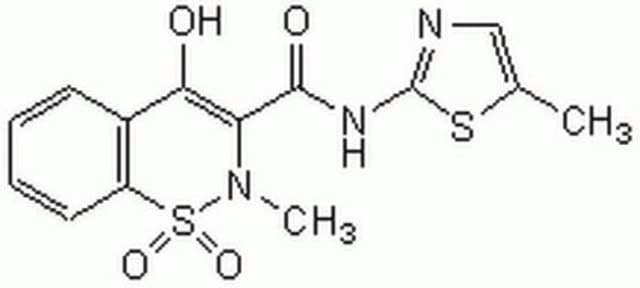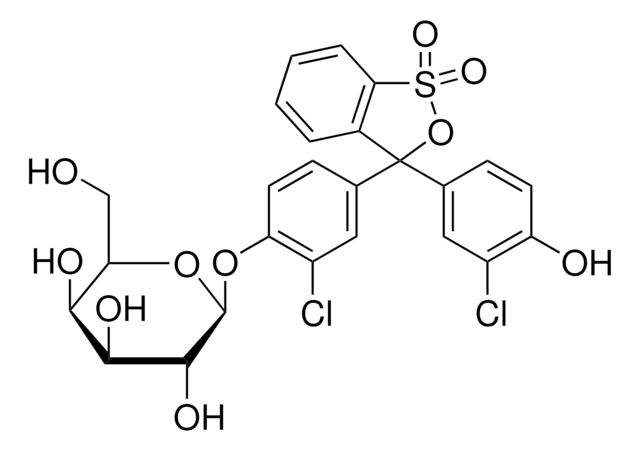08569
2-Amino-2-methyl-1,3-propanediol
BioUltra, ≥99.5% (NT)
Synonym(s):
AMPD, Ammediol
About This Item
Recommended Products
vapor density
3.63 (vs air)
Quality Level
vapor pressure
~10 mmHg ( 152 °C)
product line
BioUltra
Assay
≥99.5% (NT)
form
crystalline
impurities
insoluble matter, passes filter test
pH
10.5-11.5 (25 °C, 1 M in H2O)
useful pH range
7.8-9.7
pKa (25 °C)
8.8
bp
151 °C/10 mmHg (lit.)
mp
100-110 °C (lit.)
solubility
H2O: 1 M at 20 °C, clear, colorless
anion traces
carbonate (CO32-): ≤1000 mg/kg
chloride (Cl-): ≤50 mg/kg
sulfate (SO42-): ≤50 mg/kg
cation traces
Al: ≤5 mg/kg
As: ≤0.1 mg/kg
Ba: ≤5 mg/kg
Bi: ≤5 mg/kg
Ca: ≤10 mg/kg
Cd: ≤5 mg/kg
Co: ≤5 mg/kg
Cr: ≤5 mg/kg
Cu: ≤5 mg/kg
Fe: ≤5 mg/kg
K: ≤50 mg/kg
Li: ≤5 mg/kg
Mg: ≤5 mg/kg
Mn: ≤5 mg/kg
Mo: ≤5 mg/kg
Na: ≤50 mg/kg
Ni: ≤5 mg/kg
Pb: ≤5 mg/kg
Sr: ≤5 mg/kg
Zn: ≤5 mg/kg
λ
1 M in H2O
UV absorption
λ: 260 nm Amax: 0.05
λ: 280 nm Amax: 0.03
SMILES string
CC(N)(CO)CO
InChI
1S/C4H11NO2/c1-4(5,2-6)3-7/h6-7H,2-3,5H2,1H3
InChI key
UXFQFBNBSPQBJW-UHFFFAOYSA-N
Looking for similar products? Visit Product Comparison Guide
Application
Signal Word
Warning
Hazard Statements
Precautionary Statements
Hazard Classifications
Eye Irrit. 2 - Skin Irrit. 2
Storage Class Code
11 - Combustible Solids
WGK
WGK 1
Flash Point(F)
>212.0 °F
Flash Point(C)
> 100 °C
Personal Protective Equipment
Choose from one of the most recent versions:
Already Own This Product?
Find documentation for the products that you have recently purchased in the Document Library.
Our team of scientists has experience in all areas of research including Life Science, Material Science, Chemical Synthesis, Chromatography, Analytical and many others.
Contact Technical Service









